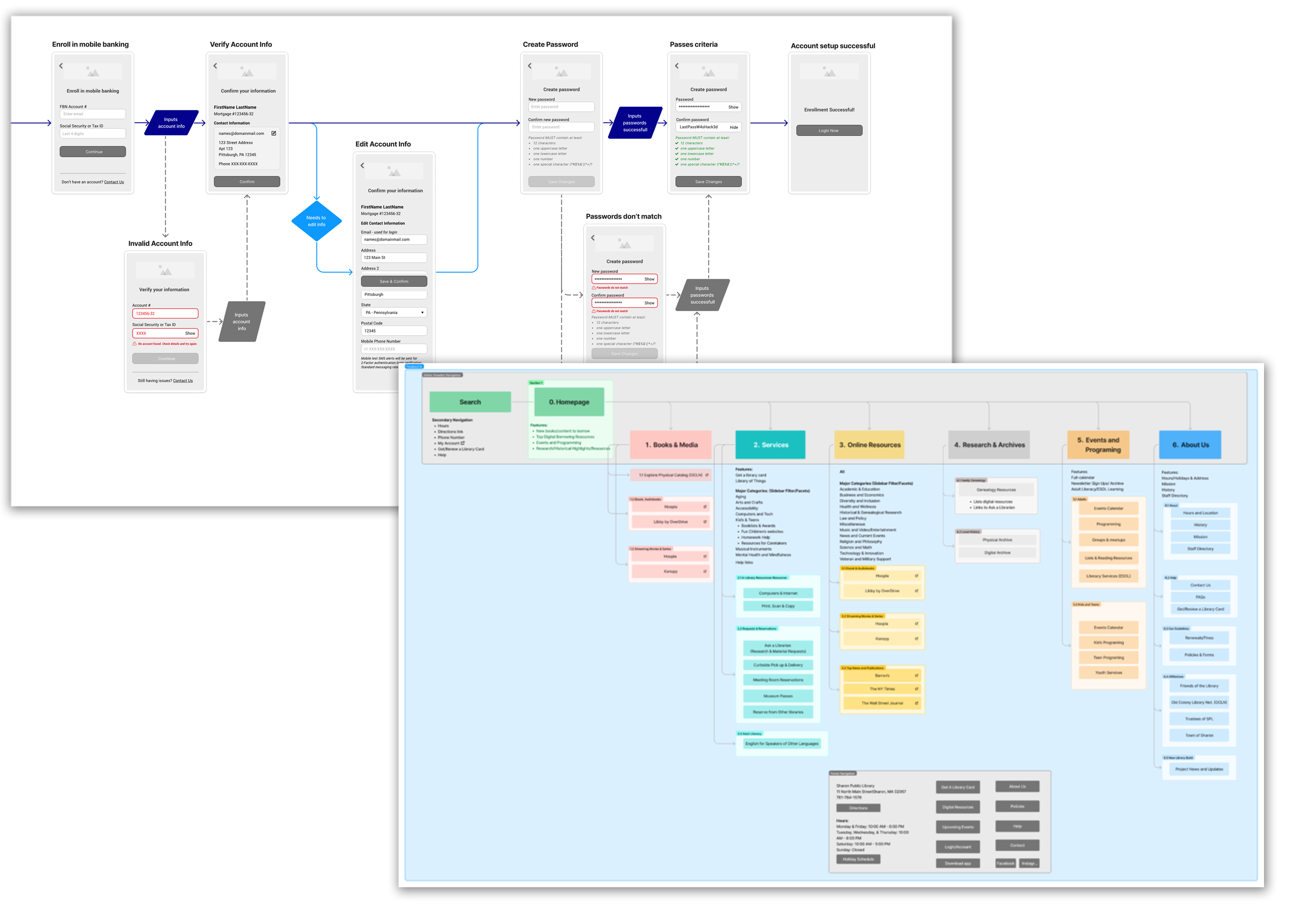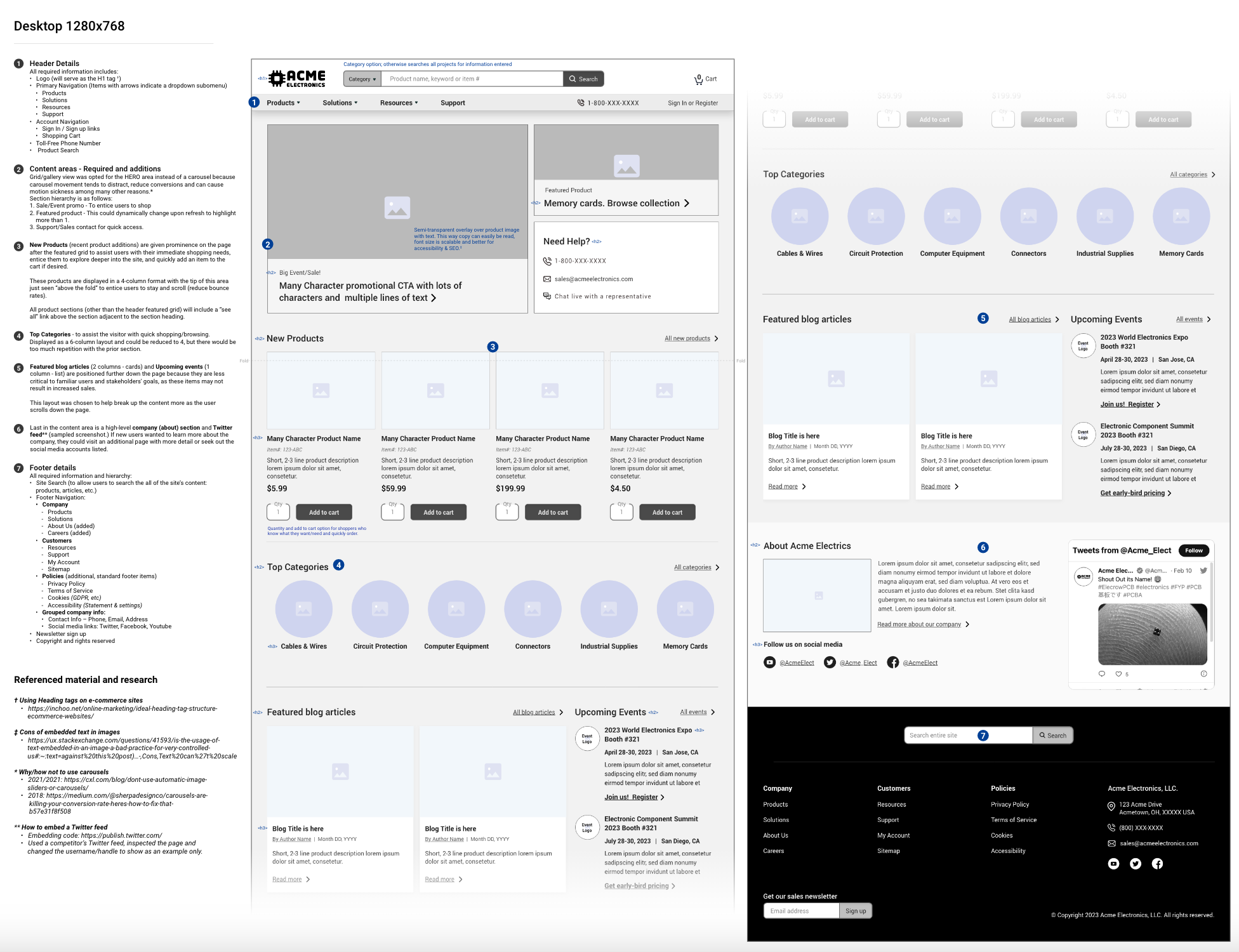UX strategy is the fusion of business objectives and user needs.
It involves understanding user behaviors, identifying the ideal audience, and creating a detailed roadmap that guides the improvement of the user experience.
A successful UX strategy ensures that every interaction with a product or service is seamless, efficient, and satisfying. It also provides guidance and a framework to ensure that all design efforts align with the overall business and user objectives.
- Information Architecture: Organizing content so it’s easy to navigate and where users expect information.
- Journey Mapping & User Flows: Creating diagrams that show the path users take through the product to achieve specific goals.
- Content Strategy: Planning, organizing, and managing content creation, ensuring that each piece of content created aligns with users’ needs.
- Competitive Analysis: Analyzing competitors’ products to understand industry benchmarks and identify opportunities to stand out.


- Wireframing: Creating low-fidelity sketches or digital mockups of the product layout and structure.
- Prototyping: Developing interactive, high-fidelity prototypes to simulate the user experience and test design concepts.
- Interaction Design: Designing the interactive elements of the product, such as buttons, forms, and navigation.
- Spec Writing & Process Documentation: Documenting design specifications and guidelines for developers to ensure accurate implementation.
I’m just an email away…
Ready to get started or have questions?

